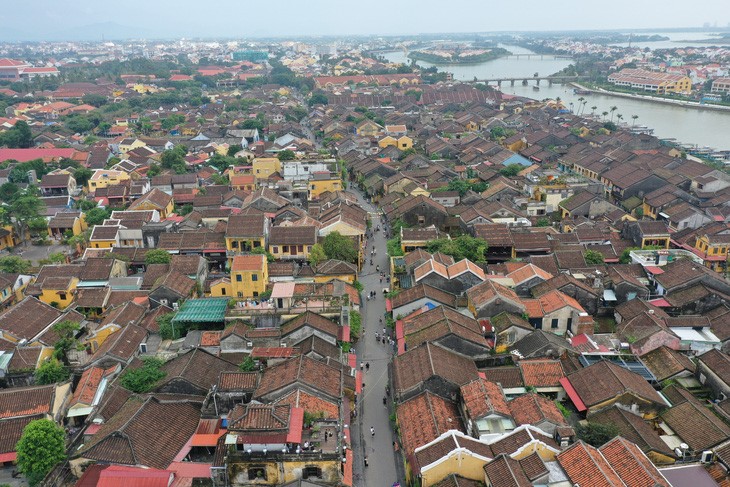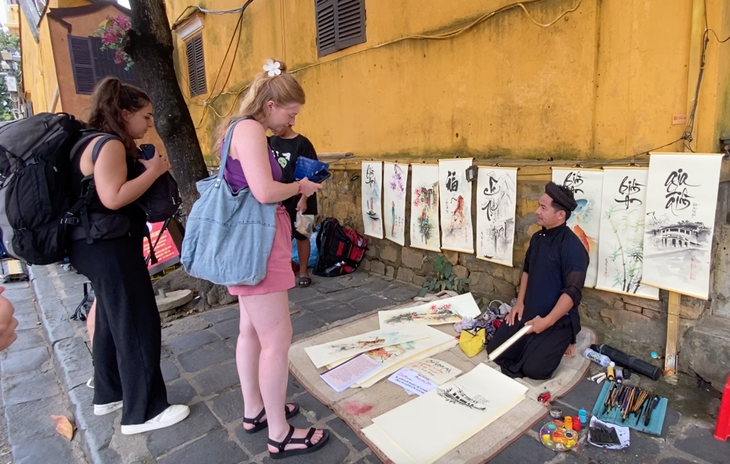Hoi An City expects to collect VND190 billion (US$7.8 million) in revenue from an entry fee for Hoi An Ancient Town, a UNESCO World Heritage Site in Quang Nam Province, central Vietnam, this year, a five-fold year-on-year increase, said a local official.
Nguyen Van Son, chairman of the People’s Committee of Hoi An City, told Tuoi Tre (Youth) newspaper that the revenue once reached a record low of VND1.4 billion ($57,219) but has gradually increased to the average level during normal periods.
Tourists have been aware of buying entrance tickets for the ancient town and raised their spending, thus contributing to Hoi An City’s tourism revenue.
The city also collected tens of billions of Vietnamese dong from the entrance tickets for other destinations, such as Thanh Ha Pottery Village, Cam Thanh Coconut Village, and Cham Islands. (VND10 billion = $408,710)
The improved turnover helps Hoi An have funding to develop infrastructure and expand green spaces, Son noted.
Many ancient houses have been put up for lease again, Son informed.
After the COVID-19 pandemic was kept at bay, the Hoi An authorities have enhanced artistic activities to revive the ancient town and improve tourists’ experience.
The city has also carried out tourism promotion programs in large foreign source markets.
|
|
| International tourists visit Hoi An Ancient Town in the namesake city. Photo: B.D. / Tuoi Tre |
As a result, Hoi An Ancient Town has become bustling again with an increase in the number of international traveler groups. Some hotels have also resumed their operations.
On the occasion of the new year, Hoi An will organize events to attract visitors, such as a program on New Year’s Eve, a food festival, and street art programs.
Earlier, Hoi An City required that from May 15, both local and international visitors would have to buy tickets to enter Hoi An Ancient Town.
The tickets cost VND120,000 ($4.9) each for foreigners and VND80,000 ($3.3) apiece for domestic tourists.
Local authorities announced that they would designate two entrances to the ancient town, one for tourists and the other for people residing in the town as well as those entering it for work.
The requirement aroused controversy among the public and many people misunderstood the mandate.
The local authorities later announced that it would neither prevent people from entering the town nor consider ticketing as a way to increase revenue.
The entrance fee mandate was aimed at raising awareness of the development of the heritage site.
The city planned to charge people who enter the ancient town for tourism purposes only.
Like us on Facebook or follow us on Twitter to get the latest news about Vietnam!






















































